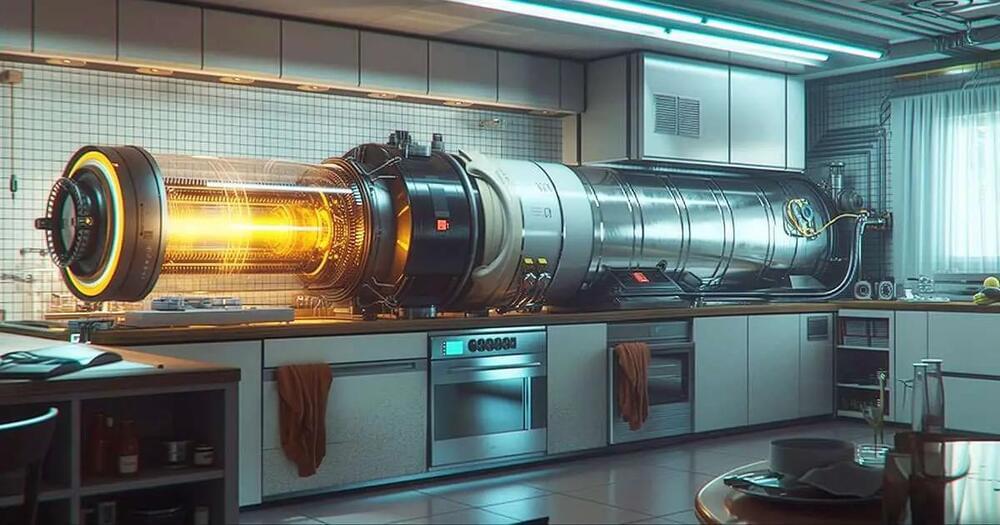Researchers at Tohoku University and the Japan Atomic Energy Agency (JAEA) have discovered a new spintronic phenomenon—a persistent rotation of chiral-spin structure.
Their discovery was published in the journal Nature Materials on May 13, 2021.
Tohoku University and JAEA researchers studied the response of chiral-spin structure of a non-collinear antiferromagnet Mn3Sn thin film to electron spin injection and found that the chiral-spin structure shows persistent rotation at zero magnetic field. Moreover, their frequency can be tuned by the applied current.









